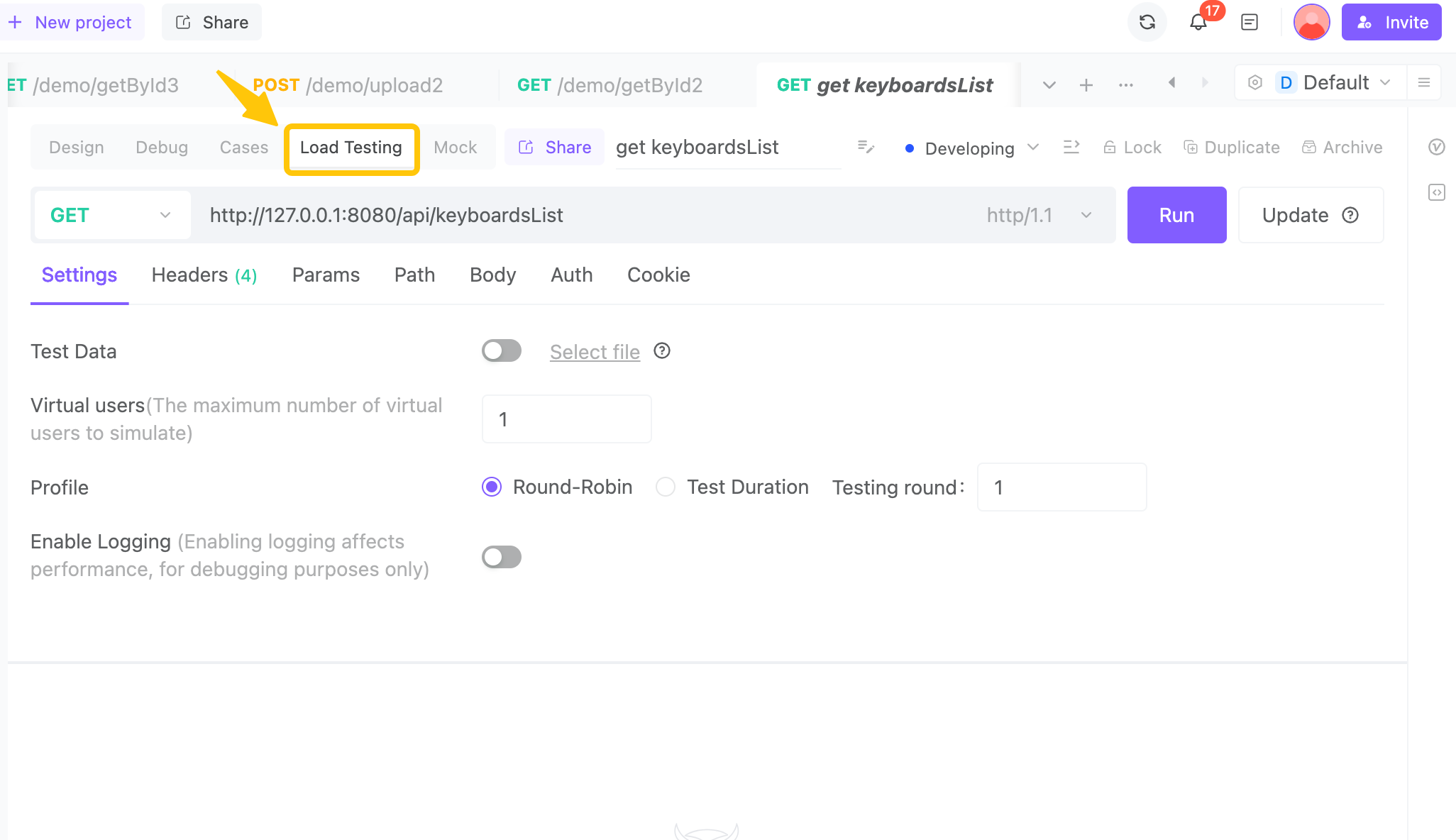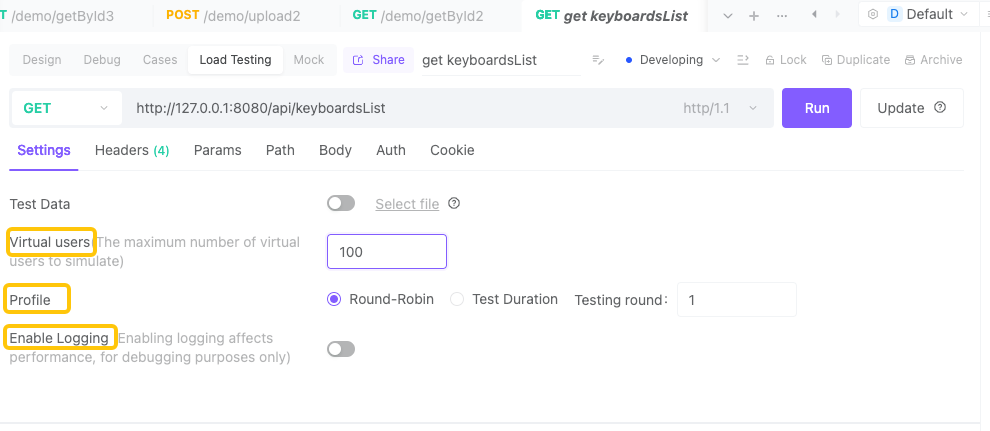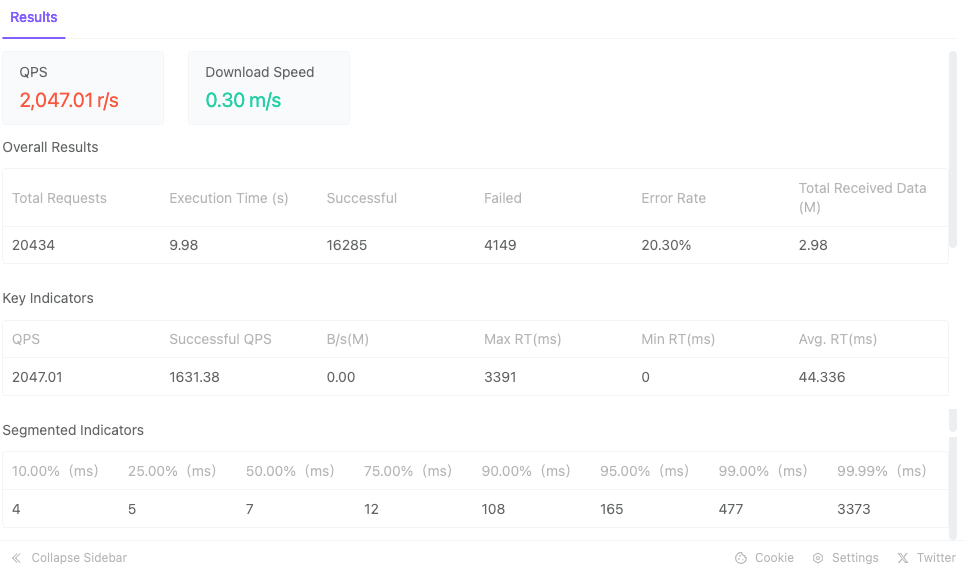A Comprehensive Guide to Software Performance Testing
Software performance testing is a crucial process for evaluating the efficiency and effectiveness of software and systems. In this article, we’ll explore the concept of performance testing and provide a simple approach to executing it.
Software performance testing is a crucial process for evaluating the efficiency and effectiveness of software and systems. In this article, we’ll explore the concept of performance testing and provide a simple approach to executing it.
Understanding Software Performance Testing
Performance testing is a critical process used to evaluate the performance and efficiency of software and systems. The primary goal is to ensure that the system meets the required performance standards.
Several key aspects are assessed during performance testing, including well-known tests like load testing and stability testing, which are considered types of performance testing.
- Response Time: This measures how quickly a system responds to specific actions or requests. It's crucial to determine the time it takes for the system to display the correct result after a user performs an operation.
- Throughput: This assesses the number of transactions or requests a system can handle in a given time period. It is used to evaluate if the system has sufficient processing capacity under the required load.
- Load Tolerance: This measures a system's ability to handle increased load. By increasing factors such as the number of users, data volume, or concurrent accesses, the test identifies the system's load limits and bottlenecks.
- Availability: This evaluates the uptime and error rates of a system, assessing how often the system is in a usable state. For systems that require high availability, factors like fault tolerance and redundancy are crucial.
API Performance Testing: A Critical Aspect of Software Infrastructure
APIs (Application Programming Interfaces) can be considered the backbone of software. They define the methods for accessing and interconnecting the functionalities and resources of software and systems. Software is composed of multiple components or modules, and for these components to work together effectively, a clear method of interaction is necessary. APIs facilitate this collaboration and interaction. They provide a handle for other software or applications to access specific features or data. By using APIs, other components or applications can invoke necessary functions or retrieve data, enabling software features and data to collaborate with other components and external applications.
Therefore, APIs are considered a fundamental part of software, playing a crucial role in supporting the provision, collaboration, and interaction of software features and data. Consequently, measuring software performance must include API performance as an essential component.
Why is API Performance Testing Important?
API performance testing is extremely important. By conducting API performance tests, we can ensure the user experience of software and the stability and scalability of the software.
- Improvement of User Experience: APIs serve as an interface between other systems and applications. If the performance of an API deteriorates, the response time of client applications will increase, leading to a decline in user experience. Performance testing allows us to measure the response time and throughput of APIs, ensuring a smooth experience for users.
- Assessment of Scalability: Successful APIs often need to handle an increase in the number of users or traffic. Performance testing evaluates how much load an API can handle and how response times change with increased load. This helps us understand whether the API can cope with future growth and increased demand, allowing us to plan necessary scaling and infrastructure changes.
- Compliance with Service Level Agreements (SLA): APIs are often provided based on Service Level Agreements (SLAs), which are contracts that require meeting specific performance targets (response time, availability, etc.). Performance testing helps verify whether the API complies with the SLA and make necessary corrections or optimizations based on the test results to meet the requirements of the SLA.
- Identification and Improvement of Bottlenecks: Performance testing can identify bottlenecks and causes of performance degradation in APIs. Bottlenecks are factors that can cause issues such as slower processing speeds and resource overloads. By improving the identified bottlenecks, we can enhance the performance of APIs.
Key Elements of Performance Testing
- Response Time: This measures how quickly a system responds to specific actions or requests. It's critical to determine the time taken for the system to display the appropriate results after a user interaction.
- Throughput: This assesses the number of transactions or requests a system can process within a unit of time. It evaluates whether the system can handle the required load with sufficient capacity.
- Load Tolerance: This measures a system's ability to withstand increased load. By increasing factors such as the number of users, data volume, and simultaneous access, it helps identify the load limits and bottlenecks of the system.
- Availability: This evaluates the system's uptime and error rates, indicating the time the system is operational and available. For systems demanding high availability, factors such as fault tolerance and redundancy become crucial.
Methods for Conducting API Performance Testing
To conduct API performance testing, one of the most convenient tools is EchoAPI. As a comprehensive API management tool that integrates API design, development, debugging, testing, and mocking, EchoAPI provides a very intuitive user interface, allowing you to perform API performance testing with no coding required.
Step 1: open Tab "Load Testing"
Open EchoAPI Here, you can set up any API and define test steps, without any collection limitations.

Step 2: Setting Up Performance Testing
Select 'Load Testing' from the menu on the left, and set up the load testing environment, the number of virtual users, duration, and other parameters to implement the load test.

Virtual Users:
Simulates the number of users who operate simultaneously in actual work, also known as 'concurrent connected users.'
Profile(Duration):
Decide on either Round-Robin mode or Test Duration mode.if you choose Test Duration ,Virtual users will loop through all requests within the test instance during the execution.
Step 3: Executing Performance Testing
Once the load test is finished, you can obtain a very detailed load test report.


This concludes the simple performance process with EchoAPI. In the end, you can check the detailed information of each request (response time, etc.) in the generated test report and review the overall situation of the performance testing.
By utilizing EchoAPI, developers can streamline these performance testing processes, benefiting from efficient tools that enhance system analysis and optimization.
These tests help identify performance issues, guiding optimization and improvements, which ultimately enhance user experience, system efficiency, and load-handling capabilities.
Additionally, you can use EchoAPI to conduct functional testing to ensure the accurate operation of each API. Therefore, those who require API testing should definitely take advantage of the powerful tool that is EchoAPI.
Conclusion
EchoAPI offers a simple yet powerful platform for API performance testing. It ensures software reliability and efficiency, helping developers and testers maintain optimal API functionality. By leveraging EchoAPI’s robust capabilities, you can guarantee smooth operation and compliance with performance standards. Explore EchoAPI for a seamless approach to API testing and management.









 EchoAPI for VS Code
EchoAPI for VS Code

 EchoAPI for IntelliJ IDEA
EchoAPI for IntelliJ IDEA

 EchoAPl-Interceptor
EchoAPl-Interceptor

 EchoAPl CLI
EchoAPl CLI
 EchoAPI Client
EchoAPI Client API Design
API Design
 API Debug
API Debug
 API Documentation
API Documentation
 Mock Server
Mock Server




